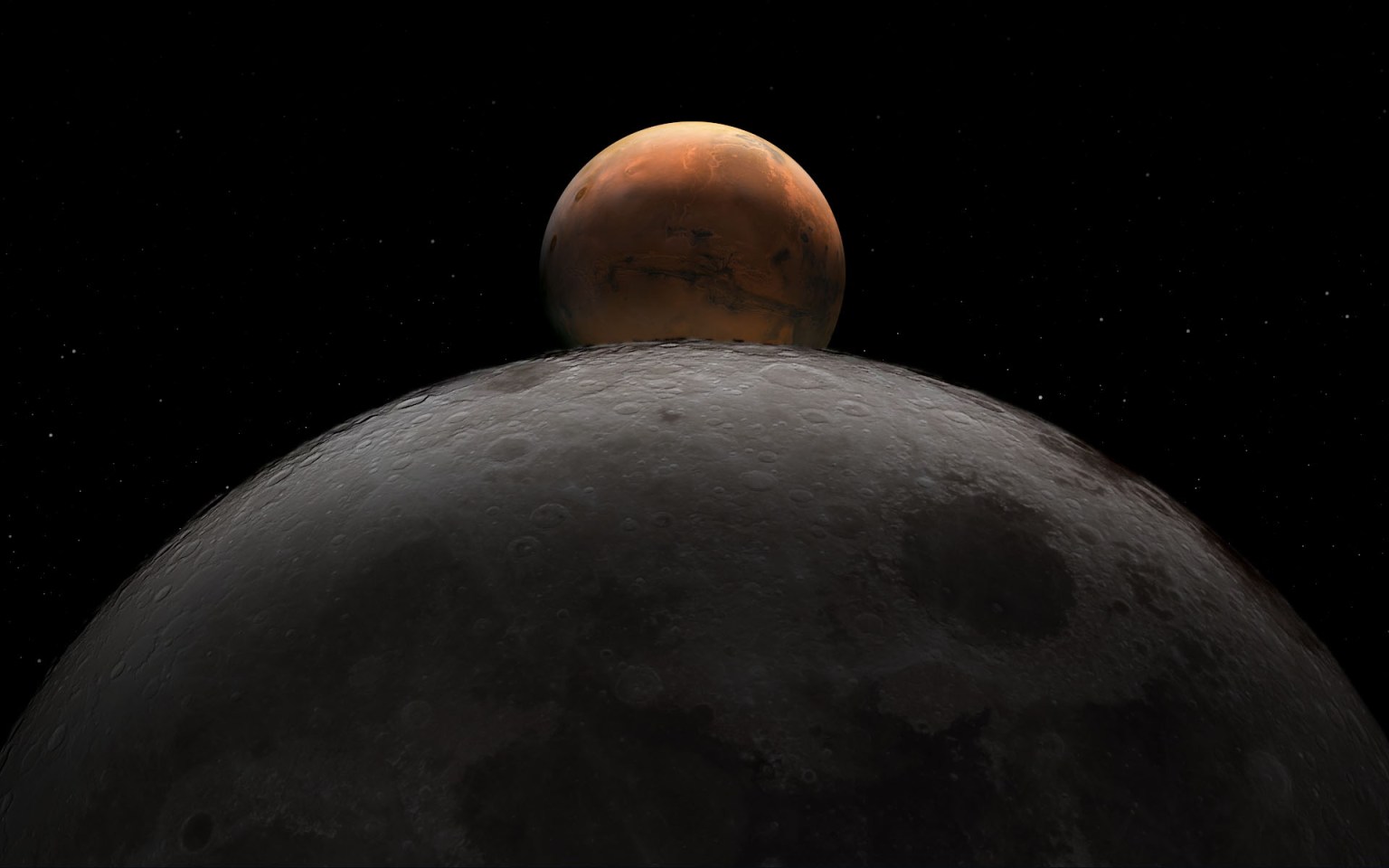HRP Videos
Browse videos explaining the science of NASA’s Human Research Program (HRP).

Quick Explainers

How Do Astronauts Practice Self-Care in Space?
Everyone needs a little self-care. But what’s that look like for astronauts orbiting 250 miles above Earth? See how crew members may turn to music, movies, and more to unwind and recharge.

How Do Astronauts Exercise in Space?
Astronauts aboard the International Space Station typically exercise for two hours each day. From running to cycling to weightlifting, learn how crew members complete fitness regimens in space.

How Do Astronauts Drink Coffee in Space?
Sometimes coffee IS out of this world! Whether it’s sipping from the space cup or a drink bag, learn how astronauts enjoy a cup of joe aboard the International Space Station.

How Do Astronauts Get Fresh Fruits and Veggies in Space?
Some fruits and vegetables are shipped to the International Space Station, but astronauts can also grow them themselves. Learn how space gardening works.

NASA Harnesses Kraken Spinning Device to Simulate Spaceflight
NASA is using the Kraken, a 50-foot-long, 100-ton U.S. Navy research device, to simulate space motion sickness and test possible recovery strategies.
5 Hazards of Human Spaceflight

Space Radiation
This hazard of a human mission to Mars is the most difficult to visualize because, well, space radiation is invisible to the human eye. Radiation is not only stealthy, but considered one of the most hazardous aspects of spaceflight.
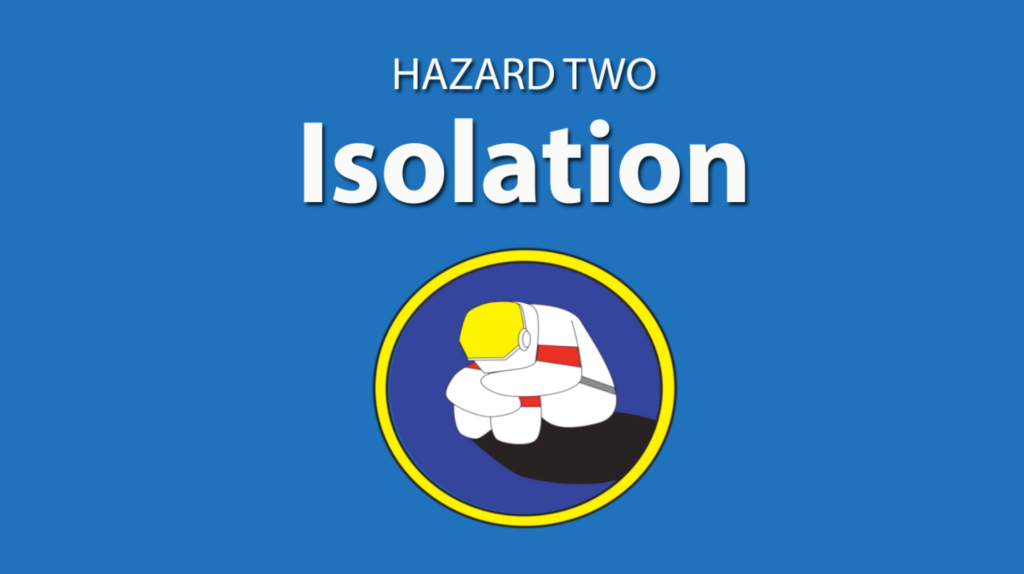
Isolation and Confinement
Behavioral responses occur among groups of people isolated and confined in a small space over a long period of time. Crews must be carefully chosen, trained, and supported to ensure they can work effectively as a team for months or years in space.

Distance From Earth
Mars is, on average, 140 million miles from Earth. Rather than a three-day lunar trip, astronauts would be leaving our planet for roughly three years. Planning and self-sufficiency will be key to successful deep space missions.
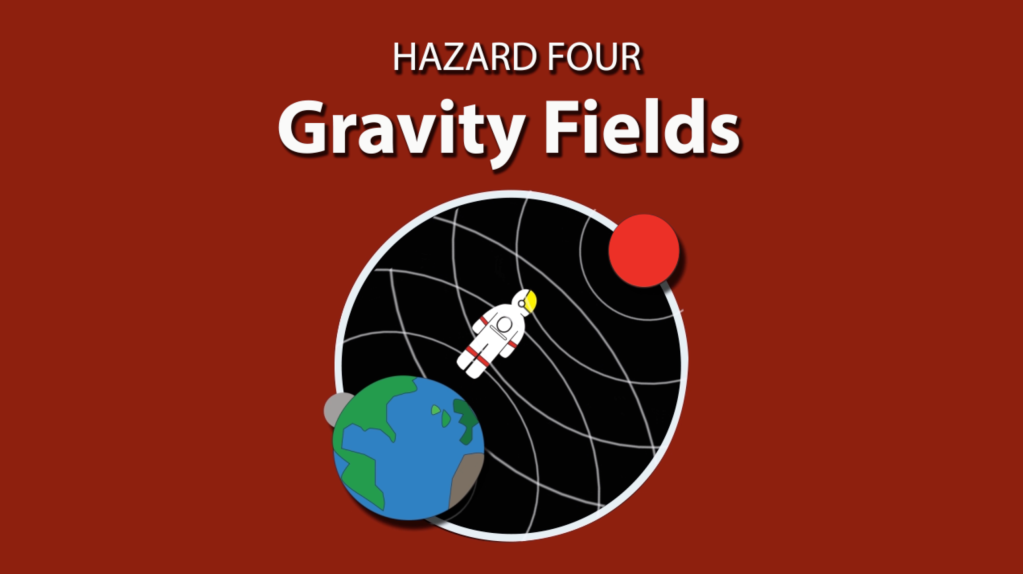
Gravity Fields
On Mars, astronauts would need to live and work in three-eighths of Earth’s gravitational pull for up to two years. Throughout this time, their bodies – muscles, bones, inner ear, and organs – will be adjusting to new gravitational loads.

Hostile/Closed Environments
A spacecraft is not only a home, it’s also a machine. The ecosystem inside a vehicle plays a big role in everyday astronaut life. Important habitability factors include temperature, pressure, lighting, noise, the presence of microbes, and more.

What Are the Dangers of Going to Space?
Space might look peaceful from afar but it’s a harsh environment, especially for humans. From DNA damage to bone loss to making sure there’s enough food for long missions—space is tough. But NASA is working hard to keep our astronauts safe on every step of the journey.
Archive

One-Year Mission

HRP One-Year Mission
John Charles from NASA's Human Research Program (HRP) explains the research to be conducted during the 'One-Year Mission.'

Vision Changes
During NASA’s One-Year Mission, visual impairment investigations will be conducted to learn more about fluid shifts and ocular health.

Physical Performance
During NASA’s One-Year Mission, physical performance assessments will enhance our knowledge of effects on bones, muscles and heart.
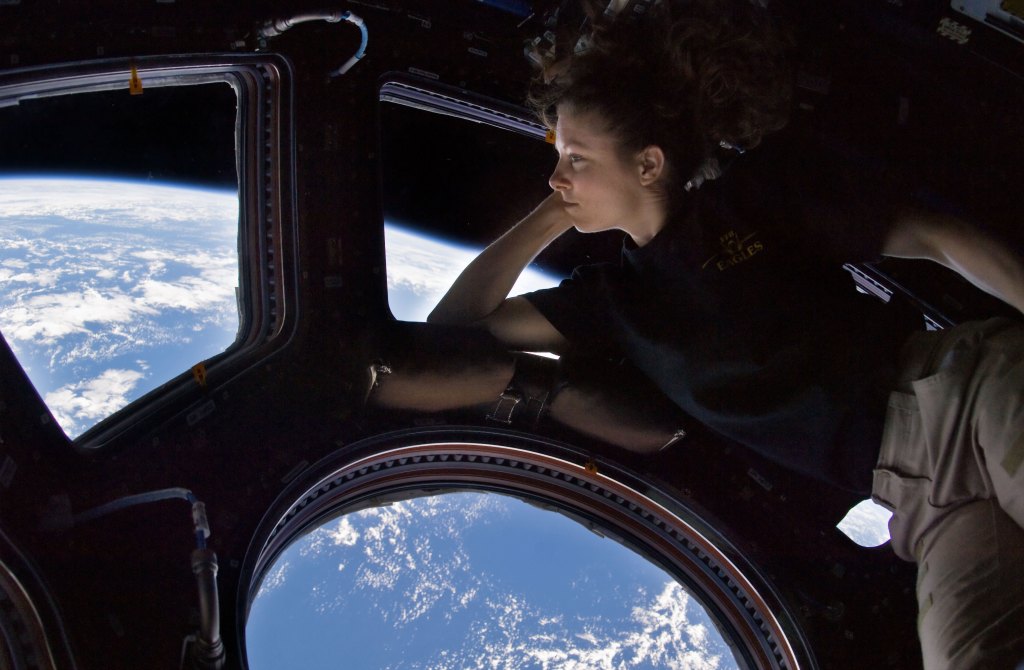
Combatting Stress and Fatigue
Learn about NASA's One-Year Mission research and how investigations will assess and help combat stress and fatigue.

Human Factors
Learn about the human factors in NASA's One-Year Mission, focusing on fine motor performance, habitability, and training retention.

Fluid Shifts Study
Learn about NASA's One-Year Mission research and how the Fluid Shift Study advances the Journey to Mars.
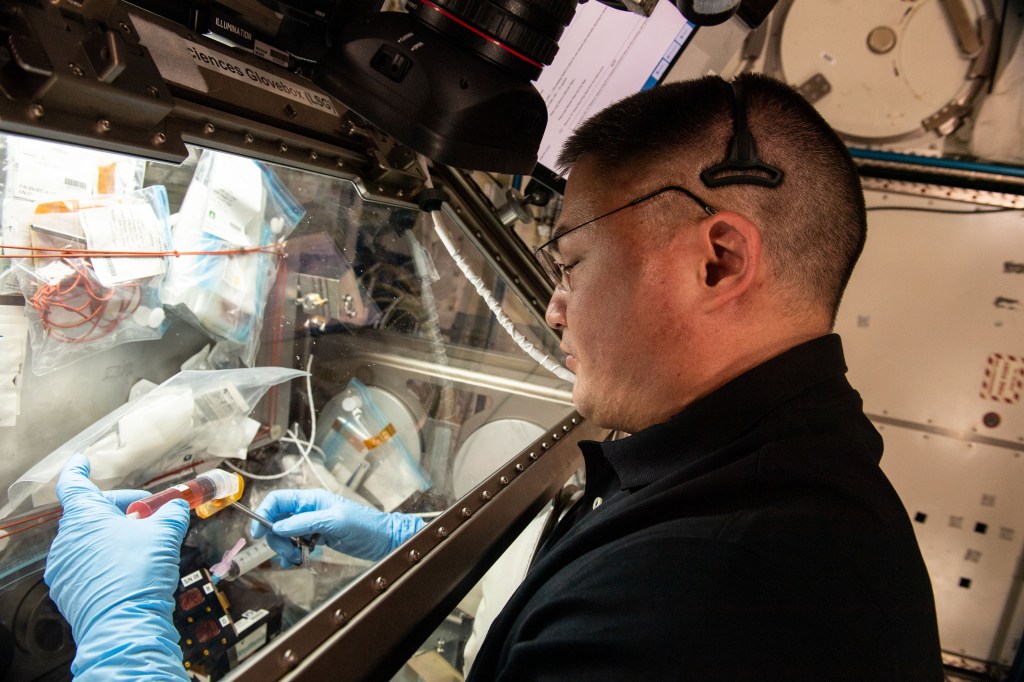
Boosting Your Body for Lift-Off
Learn about One-Year Mission biomarker studies that improve body chemistry, heart and immune system for a journey to Mars.

One-Year Mission Highlights Microbes
As part of the One-Year Mission, researchers are studying how microbes on astronauts’ skin, inside their bodies, and on the station impact their health.

Peek Into Your Genes
NASA’s One-Year Mission investigators are peering into their new findings to help address astronaut vision issues.

Astronauts' Functional Performance
Adapting to the microgravity environment changes brain function, decreases muscle strength and alters cardiovascular function.
Twins Study

HRP Twins Research Study
On March 7, NASA announced the selection of 10 investigations for the study of identical twin astronauts Scott and Mark Kelly and, in doing so, launched human space life science research into a new era. These 10 investigations will provide NASA with broader insight into the subtle effects and changes that may occur in spaceflight as compared to Earth-based environments.

Immune Response to Flu Vaccine
NASA Human Research Program Twins Study investigator Emmanuel Mignot, M.D., Ph.D, known for discovering the cause of narcolepsy is related to the immune system, is studying twin astronauts Scott and Mark Kelly. He’s investigating how their immune system responds to the seasonal flu vaccine over the course of a year in space and on Earth.

Heart to Heart
NASA didn’t miss a (heart)beat when the opportunity arose to study the cardiovascular systems of identical twin astronauts, one aboard the International Space Station and the other on Earth. Results from the Cardio Ox study may provide a better understanding of cardiovascular disease risk that astronauts encounter during and after long-duration spaceflight.

Pipetting and Cell Isolation in Space
Just like early explorers, NASA Twins Study investigators are venturing into new territory. Conducting human omics research on twin astronauts as part of the One-Year Mission that took place aboard the International Space Station is one such venture. NASA is evaluating more efficient and innovative research techniques to prepare for the journey to Mars.

Twin Study Investigates Metabolites
You may think you’re just an average Joe, but according to your metabolomics data, your body is percolating some expressive information about your daily life. Stanford University School of Medicine Postdoctoral Fellow Tejaswini Mishra, Ph.D. is integrating multi-omics data for NASA's Twins Study and comparing metabolites in retired twin astronauts.

Fireworks in Space: Gene Expression
“Some of the most exciting things that we’ve seen from looking at gene expression in space is that we really see an explosion, like fireworks taking off, as soon as the human body gets into space,” Twins Study Principal Investigator Chris Mason, Ph.D., of Weill Cornell Medicine, said. "With this study, we’ve seen thousands and thousands of genes change how they are turned on and turned off."
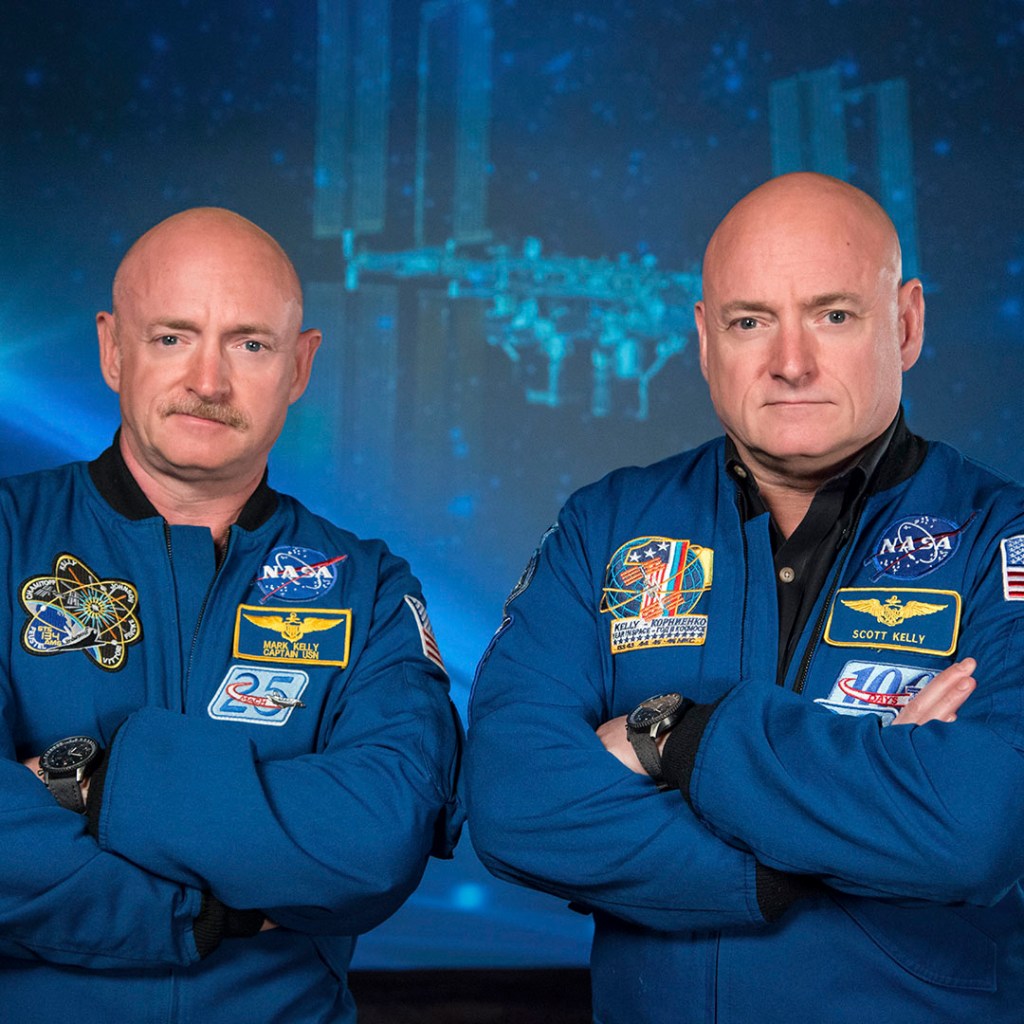
Three Key Findings From Twins Study
NASA's Twins Study, which included 10 investigations that studied retired identical twin NASA astronauts Scott and Mark Kelly had yielded an amazing amount of data and research that has culminated in to three key findings related to telomeres, gene expression and immunology. Learn more about this research and the benefits of the Twins Study.
Space Station Research

Journaling: Astronauts Chronicle Missions
Journaling has and will always play an important role in any journey. Today’s astronauts journal through their missions, just like most other explorers.

Looking at Vision Loss
Lead scientist of the Cardiovascular and Vision Laboratory at NASA’s Johnson Space Center, explains the current investigations of Vision Impairment Syndrome.

Exploring Heart Cells in Space
NASA astronaut Kate Rubins explored heart cells in space. Those cells were returned to Earth by SpaceX for analysis by scientists to improve heart health.

The Immune System in Microgravity
Learn what factors alter the human body's immune system and how scientists are working to understand exactly what parts are altered during spaceflight.

An Orange a Day Keeps Scurvy Away
In space, the astronauts’ environment impacts their nutrition needs. Today’s explorers cross miles of space with no hope of finding an island with food and nutrients along the way.

Vision Changes in Space
NASA Clinical Translational Scientist Jennifer Fogarty explains the risk of vision impairment both during and after spaceflight and its link to intracranial pressure

HRP Space Immunology Study
NASA Immunologist Brian Crucian discusses the findings of a collaborative investigation that determined spaceflight causes changes to the immune system.

How Space Exploration Affects Bones
Astronauts in space may lose an average of 1% bone density per month. Learn how the bones of the human body are affected by the microgravity of space.
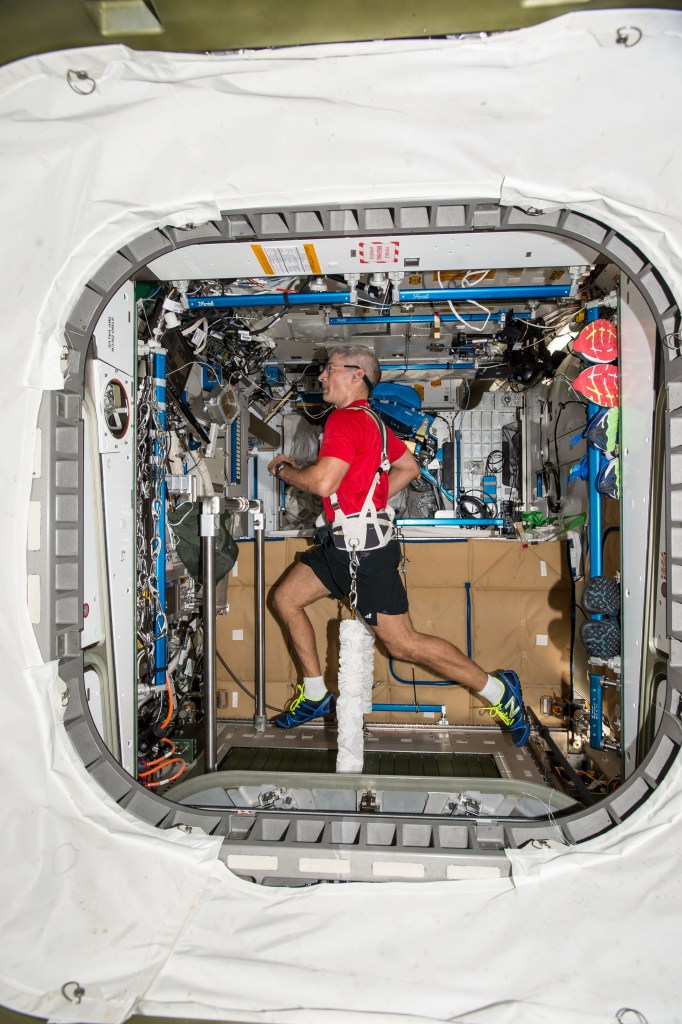
How Space Exploration Affects Muscles
Exercise relieves stress, burns fat, and keeps our heart and muscles strong. Exposure to reduced gravity during spaceflight can leave astronauts with weak muscles and less coordination.

Exercise Helps Keep Astronauts Healthy
Exercise is essential for our astronauts to maintain healthy bones, muscles and heart during space flight and exploration missions. Learn more about exercise regimens in space.

Radiation and Human Space Exploration
Just outside the protective layer of Earth's atmosphere and magnetosphere, is a universe full of radiation. What happens to our bodies when we leave the surface of Earth to travel in space?

Working Out Aboard Space Station
Scott Kelly demonstrates the Advanced Resistive Exercise Device, which is one of the machines available to the International Space Station crew members for their daily exercise regimen.
Space Radiation

NASA's HRP: Radiation and Human Space Exploration
Just outside the protective layer of Earth's atmosphere and magnetosphere, is a universe full of radiation. What happens to our bodies when we leave the surface of Earth to travel in space or visit the International Space Station?
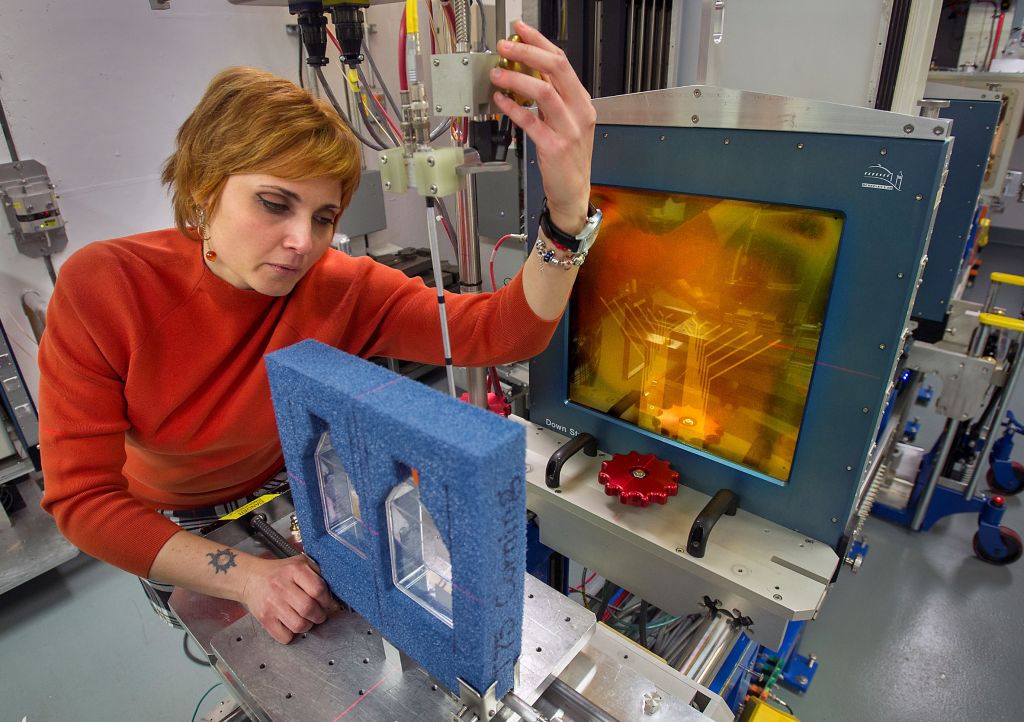
How NASA uses BNL Heavy Ion Accelerator Facility to Study Space Radiation
Brookhaven National Laboratory in Upton, New York has a Heavy Ion Collider. NASA utilizes this facility to test the effects of space radiation on astronauts at the NASA Space Radiation Lab (NSRL).
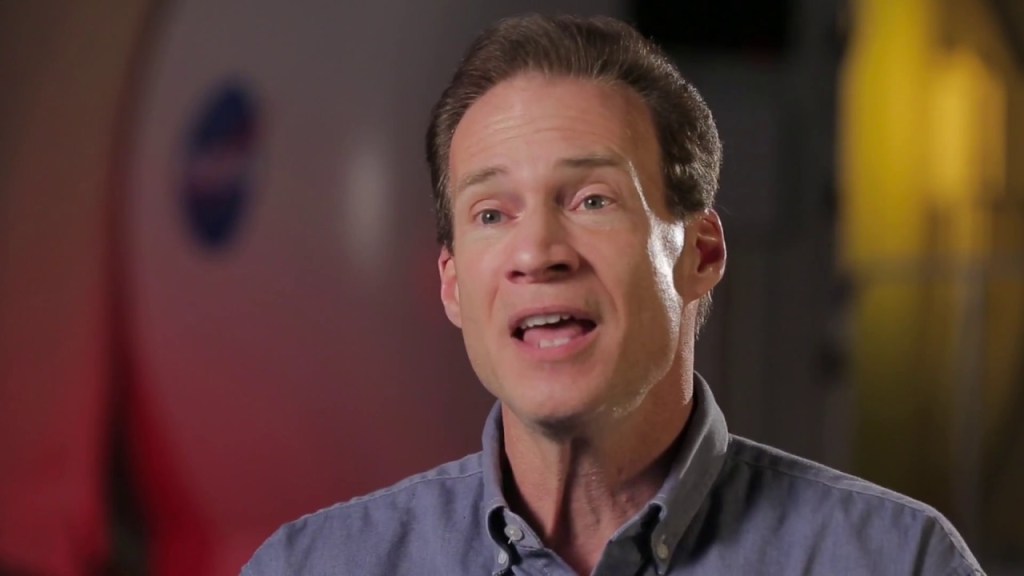
Space Radiation Won’t Stop NASA’s Human Exploration
While it’s true that space radiation is one of the biggest challenges for a human journey to Mars, it’s also true that NASA is developing technologies and countermeasures to ensure a safe and successful journey to the red planet.

Cloudy with a Chance of Radiation: NASA Studies Simulated Radiation
In each life a little rain must fall, but in space, one of the biggest risks to astronauts’ health is radiation “rain". HRP is simulating space radiation on Earth following upgrades to the NASA Space Radiation Laboratory (NSRL).

Positive, Negative or Neutral, It All Matters: NASA Explains Space Radiation
Charged particles may be small, but they matter to astronauts. HRP is investigating these particles to solve one of its biggest challenges for a human journey to Mars: space radiation and its effects on the human body.

Space Radiation is Risky Business for the Human Body
While people protect their eyes from the sun’s radiation during a solar eclipse, HRP is working to protect the whole human body from radiation in space. Space radiation is dangerous and one of the primary health risks for astronauts.

NASA Protects Its Superheroes From Space Weather
Much of the energy radiating from the Sun is harmful to humans. Outside Earth’s protective magnetic field and atmosphere, the ionizing radiation in space will pose a serious risk to astronauts as they travel to Mars.
Earth-Based Research
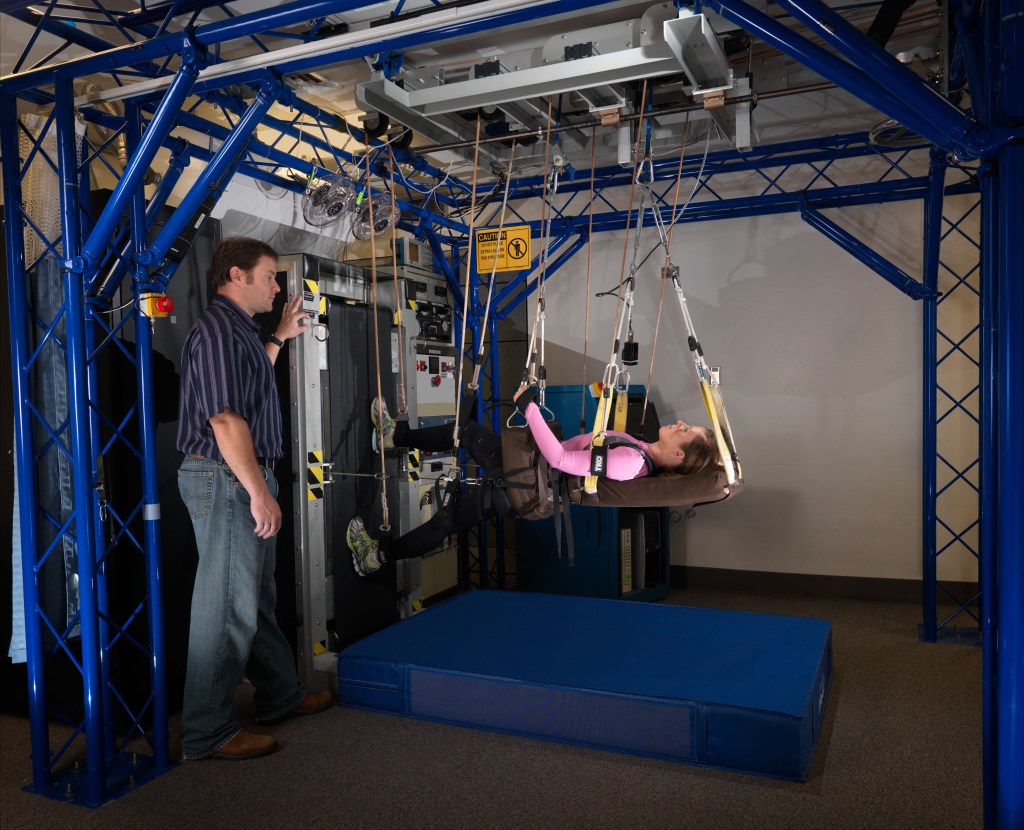
Integrated Resistance Aerobic Training
HRP's Integrated Resistance and Aerobic Training study, (iRAT) evaluated the use of high-intensity exercise training to minimize loss of muscle, bone on the International Space Station.

Real Martians Moment
The ground-based mission HERA, or Human Exploration Research Analog, represents an analog for simulation of isolation, confinement and remote conditions of mission exploration scenarios.

When You Land, Can You Stand?
You always want to be the last man standing. Optimal functional performance, such as standing, is taken even more seriously when preparing for future missions to Mars and beyond.
Omics: Exploring Space Through You
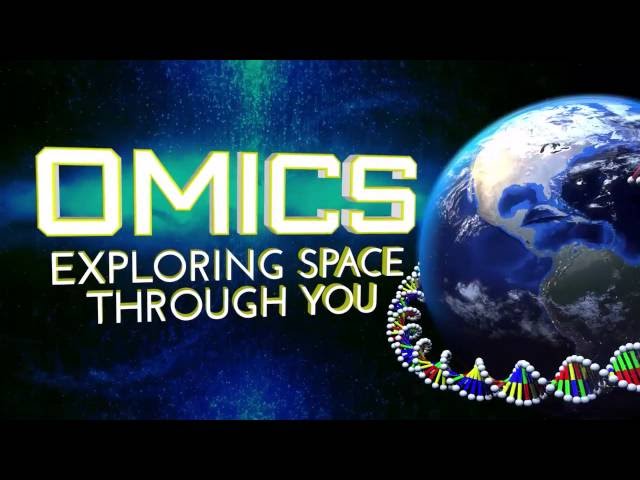
Introduction to Omics: 360 Degree View of You (Video 1 of 8)
NASA’s Human Research Program is releasing the first half of a video series entitled Omics: Exploring Space Through You to highlight its Twins Study, in conjunction with National DNA Day. The series explores space through you by using omics to look more closely at individual health.

Genomics: Genomes, The Long and Winding Road (Video 2 of 8)
NASA’s Human Research Program is releasing the first half of a video series entitled Omics: Exploring Space Through You to highlight its Twins Study, in conjunction with National DNA Day. The series explores space through you by using omics to look more closely at individual health.

Transcriptomics: Releasing the Messengers (Video 3 of 8)
NASA’s Human Research Program is releasing the first half of a video series entitled Omics: Exploring Space Through You to highlight its Twins Study, in conjunction with National DNA Day. The series explores space through you by using omics to look more closely at individual health.

Proteomics: Proteins at Work (Video 4 of 8)
NASA’s Human Research Program is releasing the first half of a video series entitled Omics: Exploring Space Through You to highlight its Twins Study, in conjunction with National DNA Day. The series explores space through you by using omics to look more closely at individual health.

Epigenomics: Your Epigenome and Environment (Video 5 of 8)
NASA’s Human Research Program is releasing the first half of a video series entitled Omics: Exploring Space Through You to highlight its Twins Study, in conjunction with National DNA Day. The series explores space through you by using omics to look more closely at individual health.

Matabolomics: You Are What You Eat (Video 6 of 8)
NASA’s Human Research Program is releasing the first half of a video series entitled Omics: Exploring Space Through You to highlight its Twins Study, in conjunction with National DNA Day. The series explores space through you by using omics to look more closely at individual health.

Microbiomics: The Living World In and On You (Video 7 of 8)
NASA’s Human Research Program is releasing the first half of a video series entitled Omics: Exploring Space Through You to highlight its Twins Study, in conjunction with National DNA Day. The series explores space through you by using omics to look more closely at individual health.

Omics: Advancing Personalized Medicine from Space to Earth (Video 8 of 8)
This is the last video in a series of eight which explores space through you by using omics to look more closely at the unique health of an individual. Omics integrates multiple biological disciplines to focus on measurements of a diverse array of biomolecules.





























